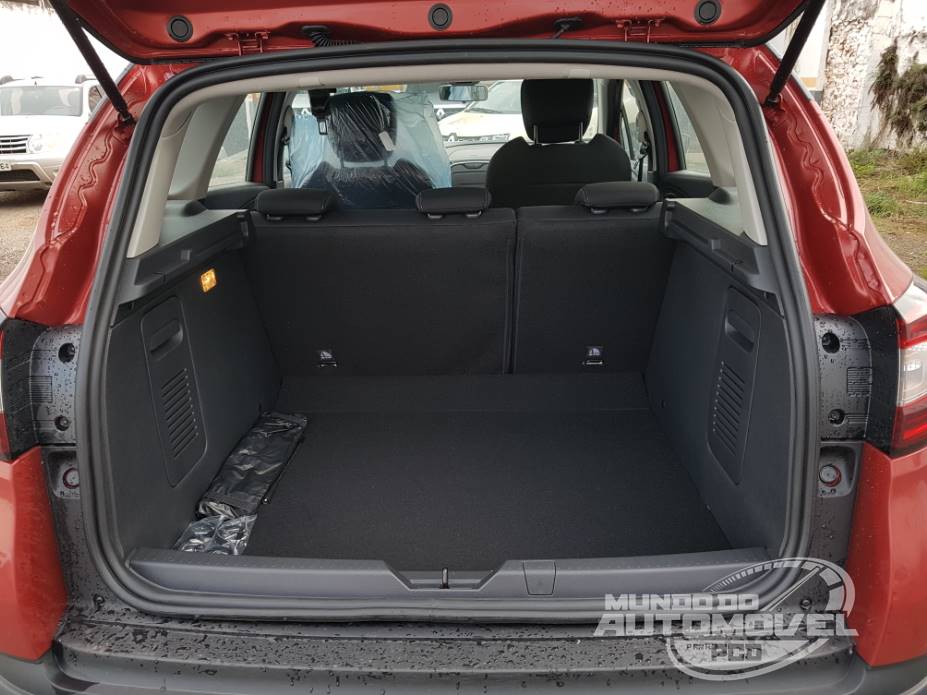

Space is decent in the cabin, both up front and out back, although the 'fast' line of the rear side glass does cut down a bit on light for those in the back. The only bugbear is the lack of a physical volume knob. This new one is much, much slicker, has a crisp, clear screen and is actually pretty easy to use. In fact, that touchscreen is a major improvement on Renault's previous efforts in this sphere, which have tended towards Atari-levels of screen resolution, and fiddly and incomprehensible menus. All of the major surfaces are soft-touch (more so than you'll find in an equivalent Volkswagen, says Renault), the part-digital dials look classy (and fully digital instruments are on the way) and the updated touchscreen, an upright nine-inch version in our S-Edition test car, looks really good. The previous Captur - pleasant car though it was - was let down by cheap-o cabin plastics. Name its best bitsįollowing again in the Clio's footsteps, the Captur's cabin looks like a vast improvement over what went before.
#Captur life 2020 android
Basic models are still pretty well equipped, though, with a seven-inch screen, 17-inch alloys, automatic climate control and smartphone mirroring in the shapes of Apple CarPlay and Android Auto. Our test car was the relatively pricey S-Edition version, which comes with the big 9.3-inch touchscreen and large alloy wheels, which are suitably handsome so as to blend in with that styling. Those slim tail-lights look almost too-delicate to be true, but the Captur's boot that lies behind them is much more robust and practical - already generous at 422 litres, it can be expanded to a massive 536 litres if you slide the back seats forward on their runners. While the likes of Ford and Nissan are creating small crossovers that challenge both your eyes and stylistic orthodoxy, Renault has gone down the Brad Pitt route for the Captur - it's undeniably good looking.

For slightly less than the price of a Megane (model-for-model), you get a taller, more imposing design that takes the handsomeness of the new Clio (with which the Captur shares a chassis and engines) and magnifies it. With crossovers and SUVs being, apparently, all anyone buys anymore - to the detriment of family hatchbacks such as Renault's own generally very decent Megane - this second version of the Captur is surely set for further climbs up the Matterhorn of registrations. Not only did the first-generation model do much to establish the rapidly-expanding small crossover segment, it also became the best-selling car in that segment - slightly more than 10,000 first-generation Capturs have been sold in Ireland since it was launched in 2013. Despite numerous setbacks, Renault developed into one of the most sought-after and successful car manufacturers in the following decades, continuously expanding its model range to this day.If ever a car had 'sales success' baked into its DNA, it would surely be the Renault Captur. Louis Renault patented his invention and used the licence fees to finance the company’s rise.īy participating in motor sport events, the company gains increasing fame and popularity outside France. The special feature of the Renault Model A: the chainless drive with three-speed gearbox. As few as 12 passers-by immediately expressed interest.

Louis, the youngest of the three Renault brothers who founded the company together, completed his first wooden 1.75 hp automobile in Paris in 1898 and set out on a test drive on Christmas Eve – the success was astounding. The Renault brand embodies pure driving pleasure with extravagant design in its models. Since the merger with Nissan, the car manufacturer has been one of the largest in the world. Renault is one of the market leaders in the French car industry.


 0 kommentar(er)
0 kommentar(er)
